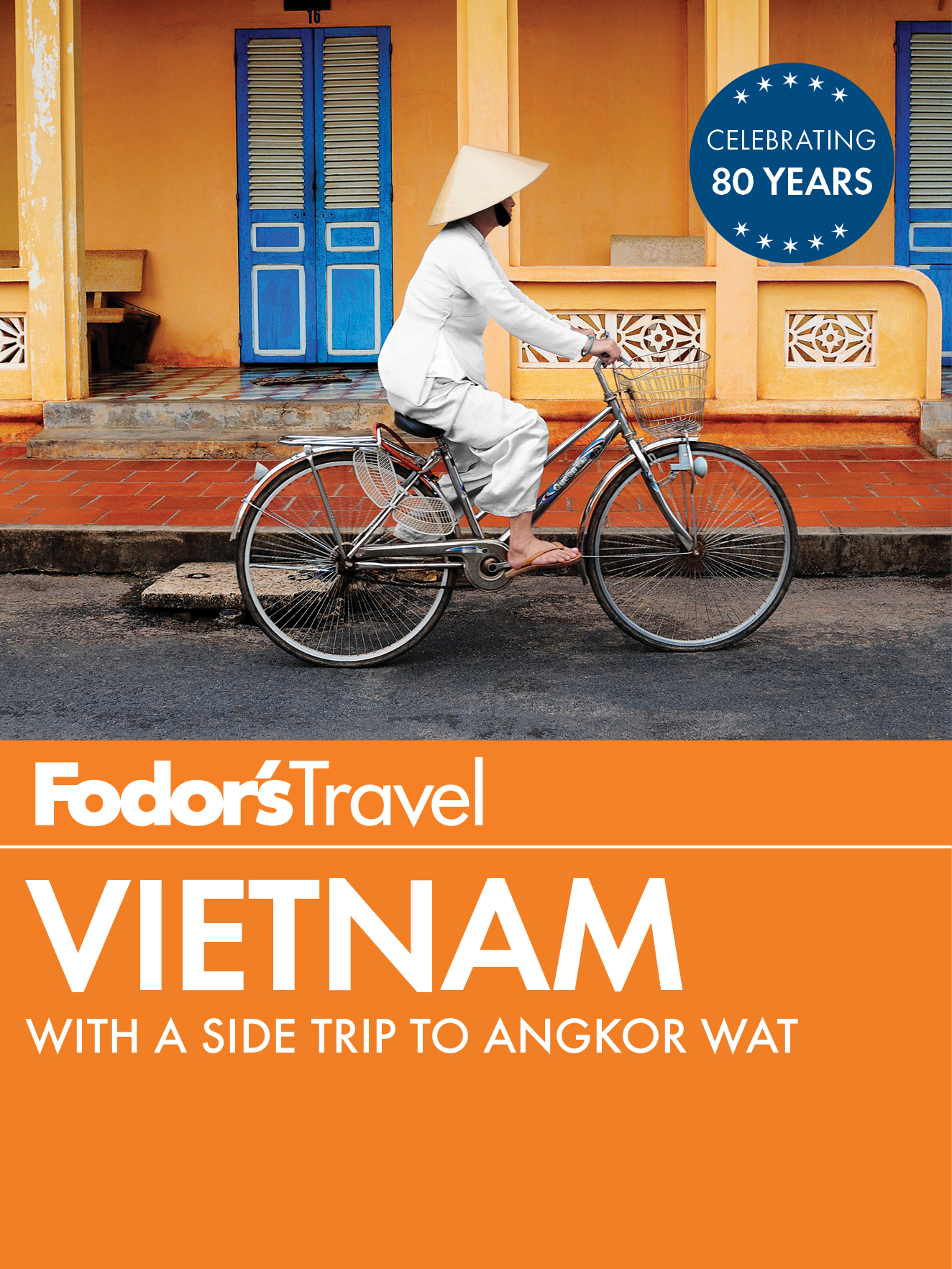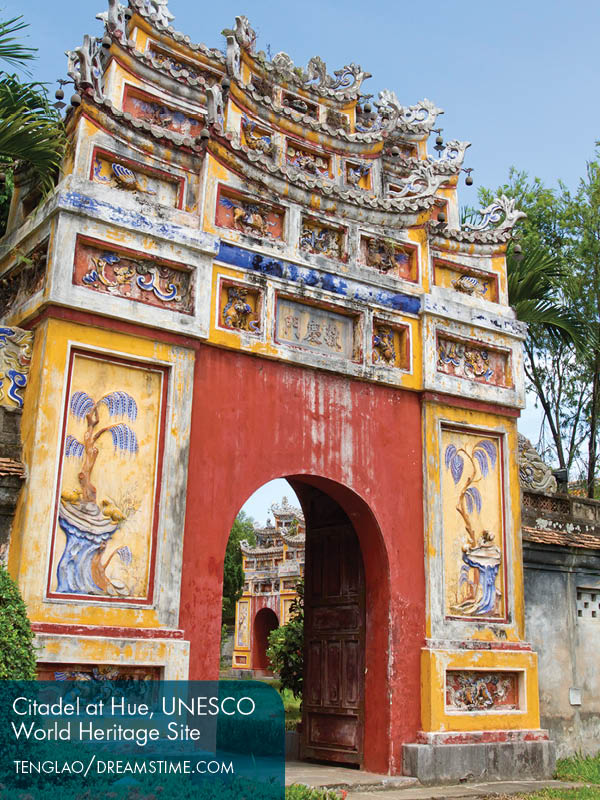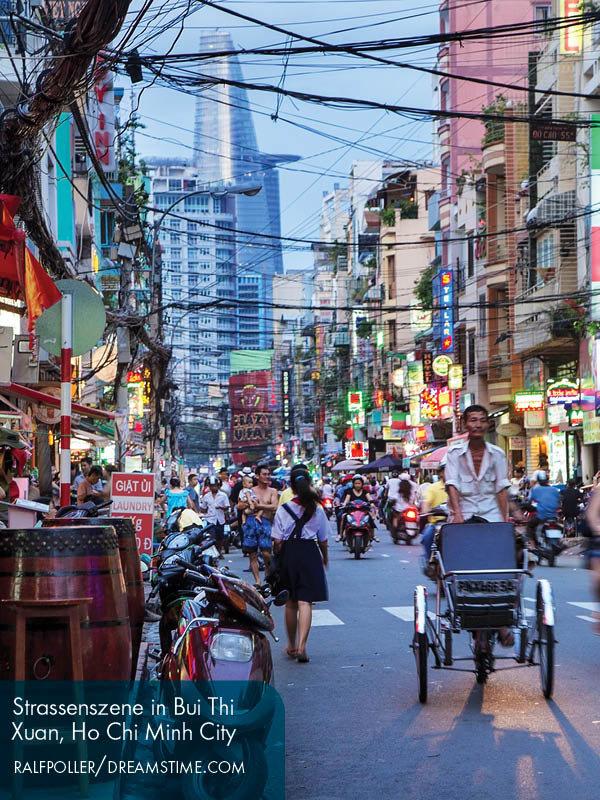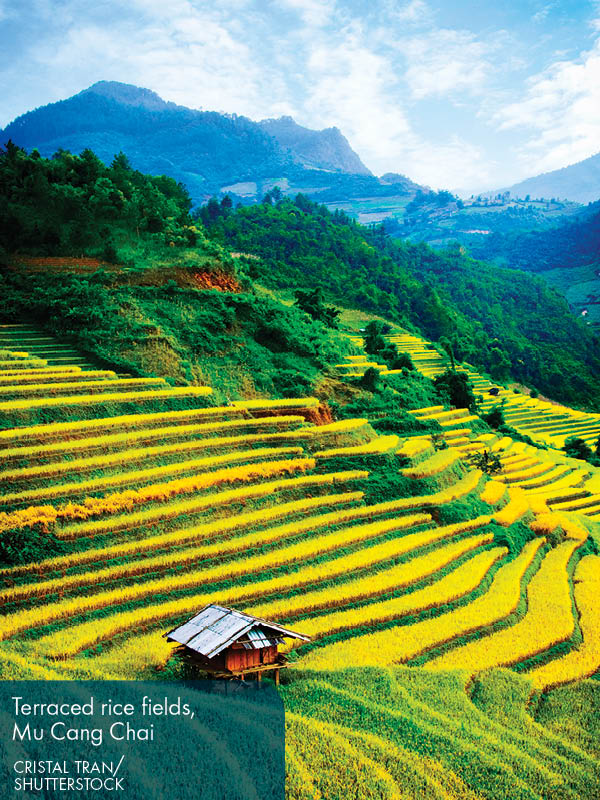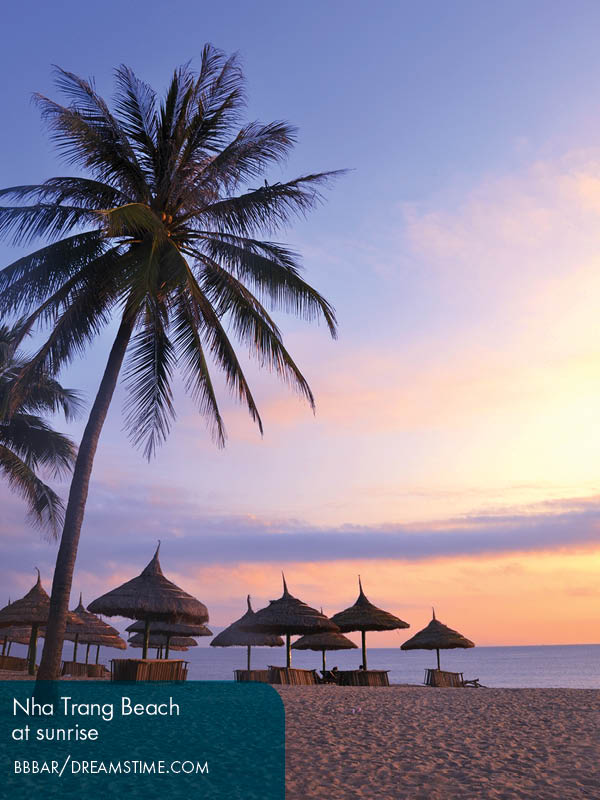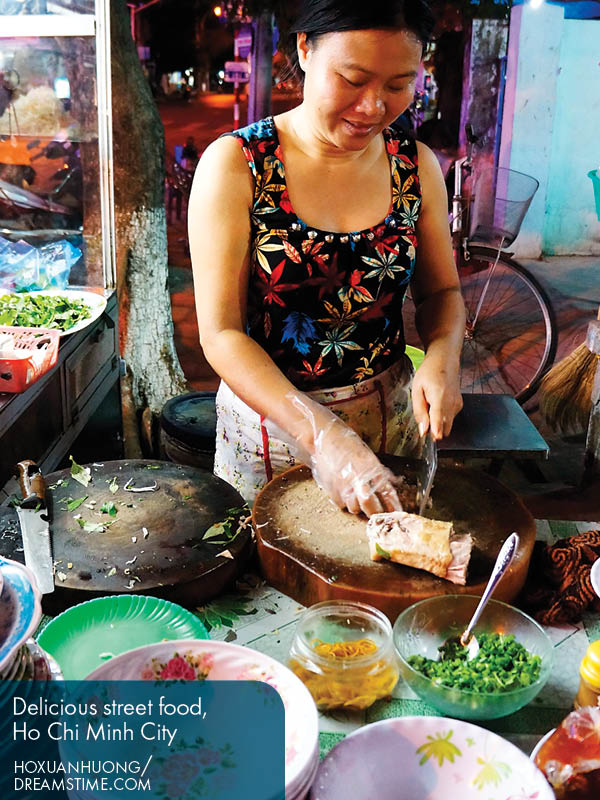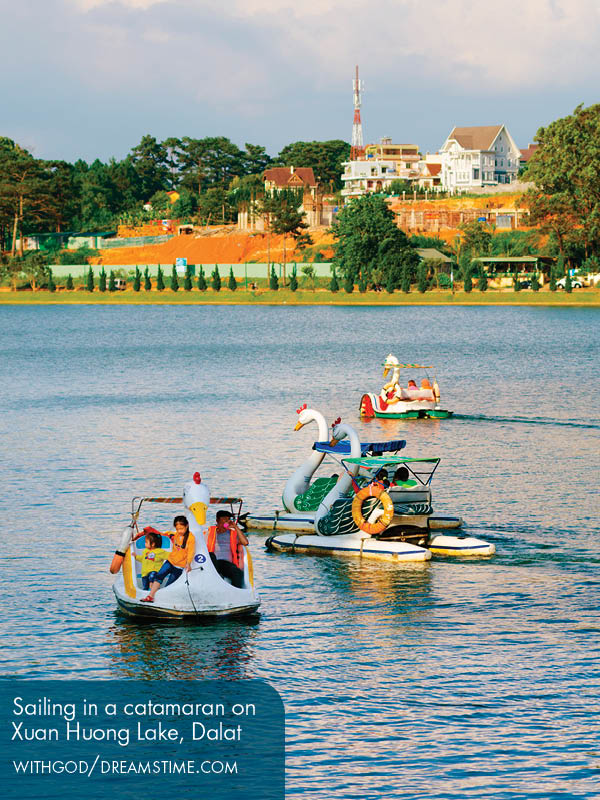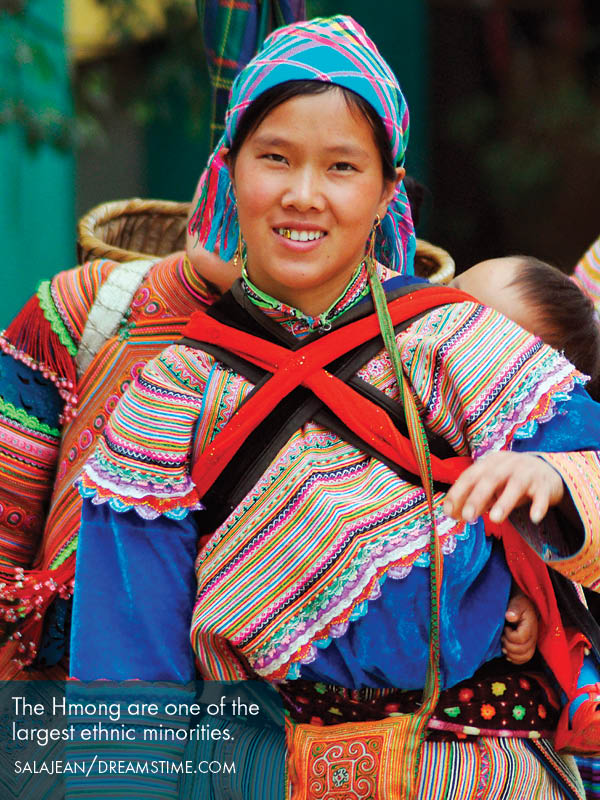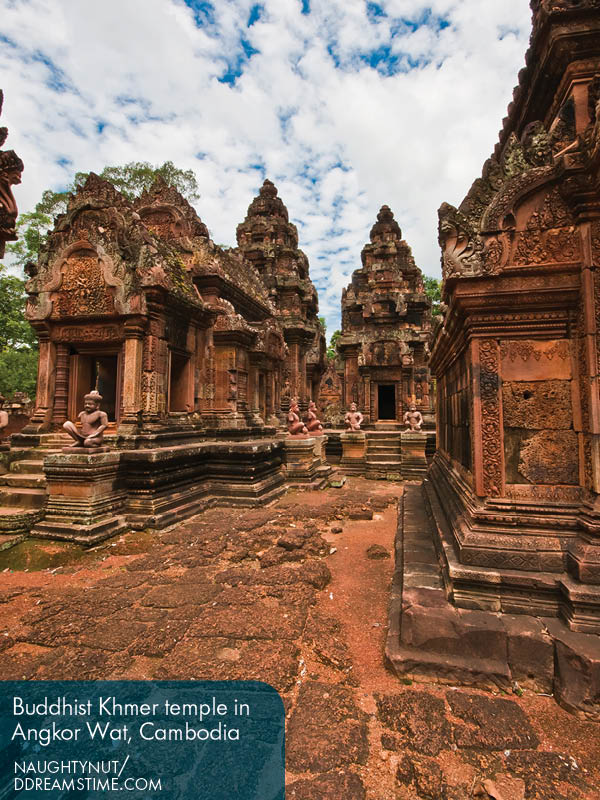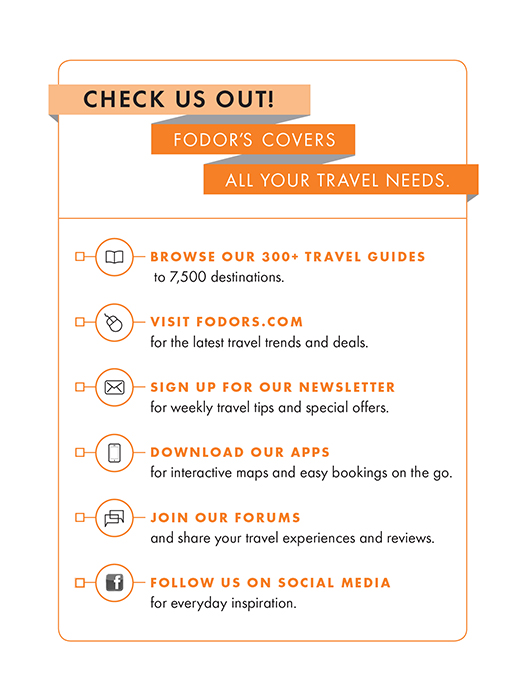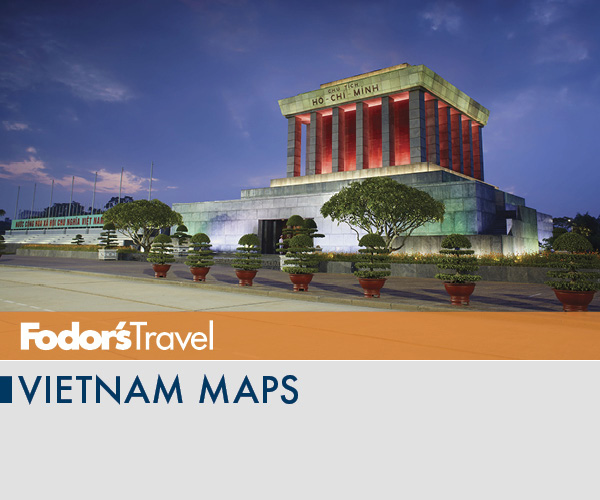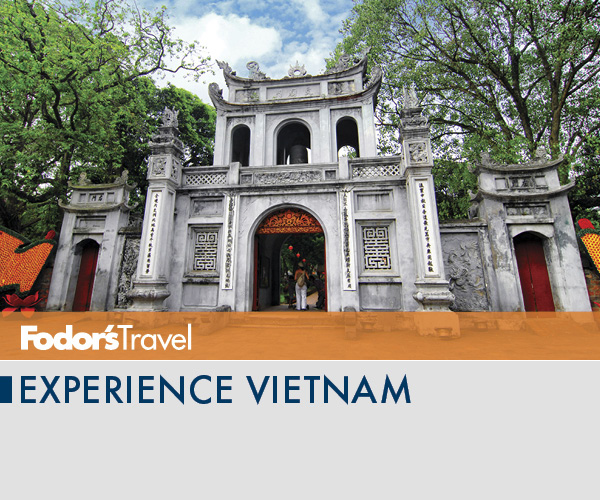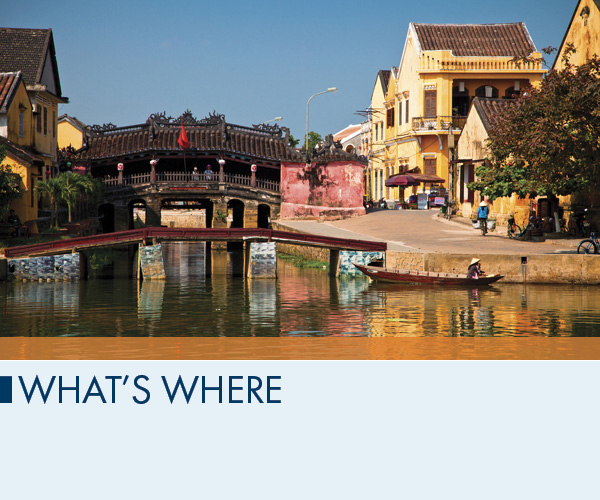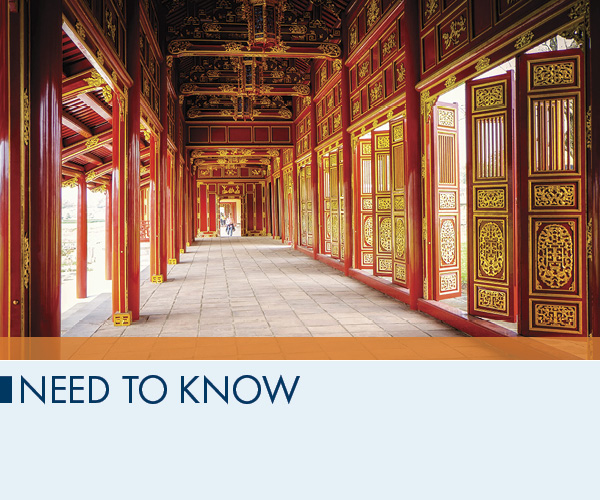Ho Chi Minh City. Still called Saigon by many, Ho Chi Minh City is a rapidly expanding metropolis, one full of contrasts. Cars crawl through a sea of motorbikes, high-rises fly up seemingly overnight, and banh mi carts crowd out newly arrived McDonalds. The downtown core is quite walkable and most major sitesfrom the French-built Notre Dame Cathedral to the War Remnants Museum and the Reunification Palacecan be visited on foot.
The Mekong Delta. Running through the upper delta is the Mekong River, dotted with small fertile islands where fruit grows in abundance. The rest is a patchwork of waterways, mangrove swamps, and brilliant green rice paddies that run into the emerald South China Sea. Delta towns are touched by ancient and modern cultures, from the Funanese to the Khmer, Cham, and Vietnamese, all living side by side after centuries of strife.
The South Central Coast and Highlands. Two of Vietnams most popular resort towns are hereocean-side Nha Trang and the cool mountain retreat of Dalat. On the South China Sea, Nha Trang has a palm-lined boulevard running the length of its beach, flanked by hotels and restaurants. If its mountains and lakes you seek, head to temperate Dalat. Farther north are the isolated towns of Pleiku and Kon Tumgood jumping-off points for treks into the forests and visits to hill-tribe villages.
The Central Coast. The towns of Hue and Hoi An provide a fascinating glimpse of Vietnams history. UNESCO site Hoi An is an ancient trading and fishing town where many buildings remain as they were 200 years ago. Hues Imperial City and palatial royal tombs are impressive reminders of the countrys regal past. In between Hue and Hoi An is Danang, the regions major transportation hub.
Halong Bay and North Central Vietnam. Staying overnight on a boat on Halong Bay and kayaking among the islands of the Cat Ba archipelago, are just two of the popular outdoor activities in the picturesque North Central region. A world away the big cities, North Central Vietnam beckons outdoor explorers.
Hanoi. The capital of Vietnam is also its cultural hub. Despite the chaotic motorbike traffic, this city of majestic lakes, wide tree-lined boulevards, and hauntingly familiar French colonial architecture remains quite charming, despite serious overcrowding. Hanoi oozes history and legend: it was here that Ho Chi Minh declared Vietnamese independence in 1945.
The Northwest. Hanoi is the jumping off point for the rest of northern Vietnam, which is home to more than 50 ethnic minority groups. Many ethnic minorities live in the beautiful highlands of the north, where views of the rice terraces and surrounding fields are truly stunning. The area around the mountain town of Sapa is a magnet for avid trekkers and amateur hikers alike.
Angkor Wat. Siem Reaps spectacular Angkor temple complex makes neighboring Cambodia an essential side trip.
At a Glance
Capital: Hanoi
Population: 93,421,835
Currency: dong
Money: ATMs common in cities; cash more common than credit.
Language: Vietnamese
Country Code: 84
Emergencies: 113 (Police), 114 (Fire), 115 (Ambulance)
Driving: On the right
Electricity: 220v/50 cycles; electrical plugs have two round prongs
Time: 12 hours ahead of New York
Documents: Up to 30 days visa on arrival with valid passport
Mobile Phones: GSM (900 and 1800 bands)
Major Mobile Companies: Viettel Mobile, MobiFone, Vinaphone
Websites
Vietnam National Administration of Tourism: www.vietnamtourism.com
Vietnam Travel: www.vietnamtravel.org
The InsideVietnam Blog: www.insidevietnamblog.com
Getting Around
Air Travel: Major international airports in Hanoi, Danang, and Ho Chi Minh City.
Bus Travel: Public buses are affordable but crowded, uncomfortable, and make multiple stops.
Car Travel: Driving in Vietnam is notoriously hectic and visitors are strongly discouraged from attempting to drive in the country.
Train Travel: Trains are a comfortable way to get around Vietnam, and are safer and a bit more luxurious than local buses.
Ways to Save
Stay somewhere with free breakfast. Many budget hotels offer free breakfast to guests.
Eat street food. Food stalls are cheap and plentiful and are a great place to try regional specialties.
Travel by cyclo. These three-wheeled bicycle taxis, are among the cheapest way to get around Vietnamese towns.
Stick to free attractions. If youre really tight for cash, attractions such as markets cost nothing.
When to Go
High Season: Vietnam has two high seasons: NovemberMarch in the south and July and August in the north. Christmas and Western New Year are popular with travelers and rates will be higher, while the most expensive time to travel is during Tet, in January or February.
Low Season: Because of Vietnams different climate zones, high season in the south (NovemberMarch) is low season in the north, and vice versa. The Mekong Delta region is always hot and humid, but off-season travelers to the north will find temperatures pleasant.


